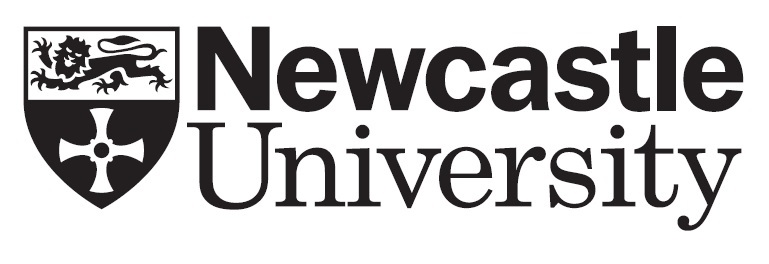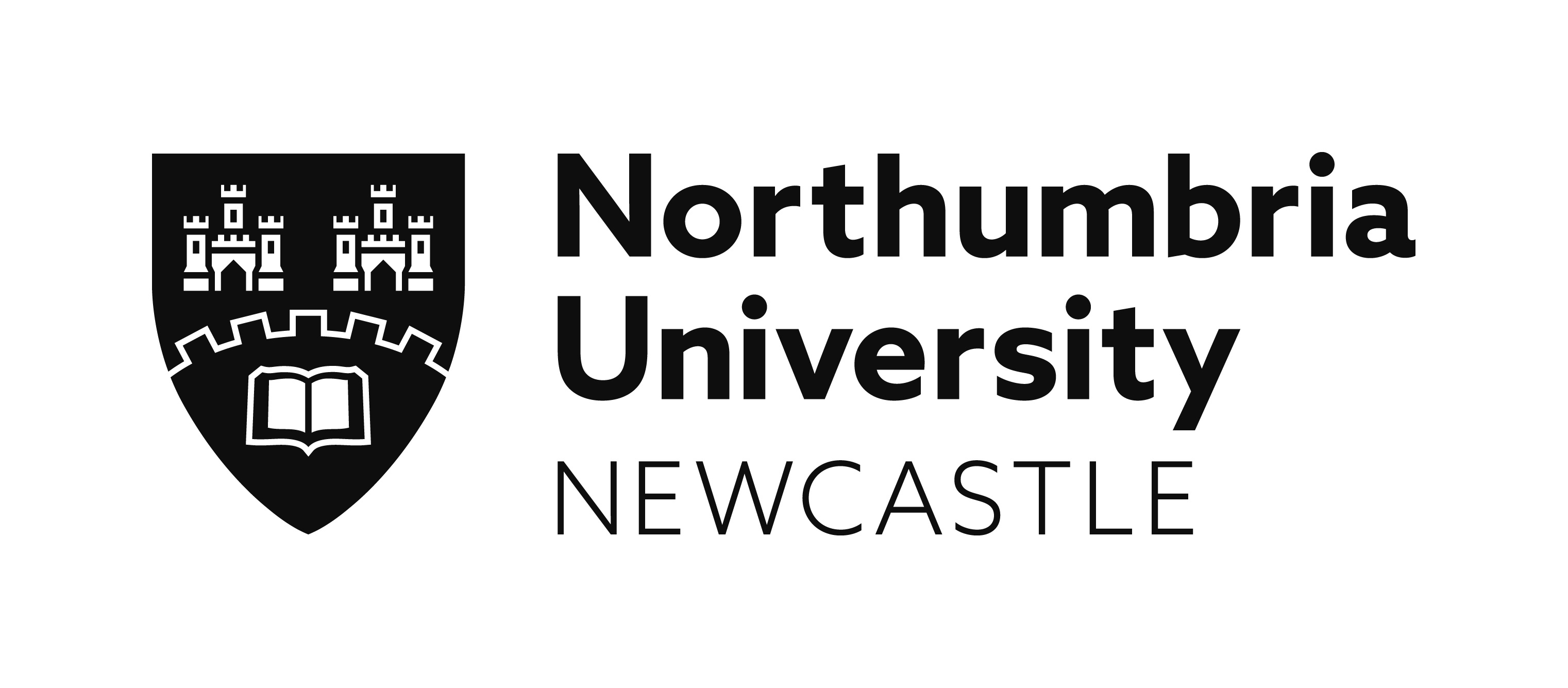From Keeper to Maker: British curatorial practices
Laia Anguix, Northumbria University
Elisabetta Fabrizi, Newcastle University
Massimiliano Papini, Northumbria University
Scholarly research is giving growing importance to curatorial practices. Publications such as the Museum History Journal (8:1, 2015) have discussed how, since the mid-to-late 19th century, curators worldwide have adapted from the scholarly and administrative art expert archetype (George 2015) to one that ‘possesses an authorial/artistic function’ (O’Neill 2012), in which the ‘making’ takes centre stage (Acord 2010). Have British curators followed the same evolution or are there distinctive characteristics that set British curators apart from their colleagues abroad? This panel aims to cover a gap in curatorial research by discussing the history of curators in Britain, reflecting on how they have engaged with their economic, political and professional contexts since Victorian times (Black 2000). It will propose an analysis of the relationship between private collectors and public collections; the distinctiveness of British curatorial practices; the role of curators in relation to artists, institutions, colleagues, critics, connoisseurs, and public and private powers; the impact of curation on the art market and art education; its role in the expansion of media used in exhibition-making; class and gender inclusion in the profession; and the potential professional challenges of a post-Brexit scenario. After the presentations, a final discussion will involve all the speakers, aiming to put together and compare topics from the different papers.
Speakers
From Collector to Curator: Robert Murdoch Smith and the shaping of Persian art collections in England and Scotland, 1873–1900
Friederike Voigt (National Museums Scotland)
Moving Image, Contemporary Art Curators and the Production of Culture in the UK
Elisabetta Fabrizi (Newcastle University)
‘Maker of Exhibitions’: The curatorial practice of Cordelia Oliver
Susannah Thompson (The Glasgow School of Art)
Curating Life: The mediation of social practice in the UK
Kirsten Lloyd (The University of Edinburgh)
The Hatton Gallery will be the Scene of an Experiment
Melanie Stephenson (Newcastle University)
Click here to download this session's abstracts or view below
From Collector to Curator: Robert Murdoch Smith and the shaping of Persian art collections in England and Scotland, 1873–1900
Friederike Voigt (National Museums Scotland)
In 1873, the South Kensington Museum (SKM) in London (today the Victoria and Albert Museum) asked Robert Murdoch Smith, then director of the Persian section of the Indo-European Telegraph Line, to acquire objects of Persian art from his base in Teheran. In 1900, Murdoch Smith retired as director of the Edinburgh Museum of Science and Art (today National Museums Scotland), the SKM’s equivalent in Scotland. This paper aims to analyse the relationship between collectors/curators and the institutions for which they worked in the 19th century. To what extent was there a difference between Robert Murdoch Smith’s collecting for SKM as an ‘authority in the field’ and for the Edinburgh Museum after he had become its director? Murdoch Smith’s activities led to two collections of supposedly the same type of material but of a different character and size. What he acquired in his several roles gives insight into the social environment in which these institutions were embedded, and their different institutional cultures. But it also reflects the progress through his career and the networks that he employed to build Edinburgh’s industrial collections within and beyond the focus on the Persian material. Although his knowledge and expertise clearly shaped what Murdoch Smith collected, this paper will focus on the impact of the London and Edinburgh institutions on him. This case study thus challenges the notion of a singular British curatorial practice.
Moving Image, Contemporary Art Curators and the Production of Culture in the UK
Elisabetta Fabrizi (Newcastle University)
This paper focuses on the social processes that inform cultural production, with reference to moving image practice and the role of contemporary art curators in its institutionalisation as a visual art in the UK. Contemporary art curators hold a central role in the network of forces shaping current exhibition, collection and production-making strategies, of which moving image is now an important part. The paper offers an analysis of the significance of their agency in naming the field (Bourdieu 1989), institutionally embedding moving image works away from their historical position at the periphery of both cinema and art. This inquiry is explored by highlighting the role of art curators within the strategies put in place by two UK institutions – the Tate Gallery and the British Film Institute – for their engagement with moving image work. The first case study analyses the changing modes in which the Tate has articulated its discourse around moving image practice through the years, culminating in 2013 in the opening of a space dedicated to moving image and performance (the Tanks at Tate Modern). The second case study is practice-led, based on the speaker’s curatorial practice as Head of Exhibitions at the British Film Institute (2007–11) and the curation of the BFI Gallery, a contemporary art gallery situated within BFI Southbank, London. This paper is part of the speaker’s inquiry into the historical labour resulting in the present moving image cultural production, and her wish to redress the lack of critical attention paid to the role of contemporary art curators in this process.
‘Maker of Exhibitions’: The curatorial practice of Cordelia Oliver
Susannah Thompson (The Glasgow School of Art)
The artist, critic and curator Cordelia Oliver was an integral figure in Scottish art from the late 1950s to her death in 2009. A graduate of Glasgow School of Art with no formal training in curation or criticism, Oliver gave up her career as a painter to become a freelance critic and curator, a dual role which allowed her to offer a unique perspective on the production and reception of contemporary art from Scotland over five decades. In the late 1970s, she was a member of the Williams Committee, set up by the Callahan government to look at the needs of museums in Scotland, and much of her subsequent curatorial work focused on enhancing the reputation of Scottish art in a British and international context.
A founding member of Glasgow’s Third Eye Centre, she went on to curate a series of exhibitions throughout the 1970s and 1980s which, considered in retrospect, reveal an implicit yet sustained effort to foreground and champion art by women in Scotland. A close associate and supporter of the artist and gallerist Richard Demarco, Oliver also worked on a number of projects which sought to introduce (mainly European) avant-garde and cross-disciplinary practices to the relatively staid and conservative art institutions of 1970s Scotland (including the seminal 1970 exhibition ‘Strategy: Get Arts’, held at Edinburgh College of Art). This paper focuses on Oliver’s activities as a ‘maker of exhibitions’ (a term she preferred to ‘curator’), looking in particular at her position as an artist-curator, a polymathic ‘participant observer’ of the artists she critiqued and exhibited.
Curating Life: The mediation of social practice in the UK
Kirsten Lloyd (The University of Edinburgh)
This paper will consider the entwinement of curatorial and social practice in the UK, connecting the visible dimensions of artworks which intervene in the social fabric to their immediate contexts of production and mediation, as well as their ensuing ‘lives’. Despite the rapid adoption of socially engaged practices by mainstream institutions in recent years, the associated performance of (feminised) curatorial labour has remained largely obscured from view. In this paper, I will present a close analysis of case studies realised in two state-funded institutions: Glasgow’s Centre for Contemporary Arts and Nottingham Contemporary. Both projects prioritised a feminist perspective to foreground the politics of food and neither was delivered by a permanent exhibitions curator. I will address the distinctiveness of the UK context, centring class and the impact of austerity politics as well as the culture policies respectively advanced by the Scottish government and the Department for Digital, Culture, Media & Sport at Westminster. How does social practice fit with the purpose and priorities of ‘visual arts’ institutions in the UK at the outset of the 21st century? What are socially minded projects called upon to do in these contradictory conditions and what pressures do artists and curators exert upon existing structures? Finally, how can attending to the material and place-based contexts of this type of creative engagement, including the living and working conditions of arts workers and their participants, contribute to a social history of art mediation?
The Hatton Gallery will be the Scene of an Experiment
Melanie Stephenson (Newcastle University)
In the early 1950s, Professor Lawrence Gowing and his colleagues within the Fine Art Department at King’s College, University of Durham (now Newcastle University) curated ambitious exhibitions as part of the programme for the College’s Hatton Gallery. Alongside a range of brought-in touring and loan collection exhibitions, Gowing instigated a number of significant exhibitions specifically for the Hatton Gallery. The two on which this paper focuses are that of the ‘Pictures from Collections in Northumberland’, which took place May–June 1951 and the two-part ‘Poussin-Seven Sacraments’ exhibition of November 1951–March 1952. The first of these two exhibitions engaged the owners of Northumberland country houses in the loan of works for exhibition in the Hatton Gallery and subsequent long-term loans to the Fine Art Department. It also involved a number of scholars and experts in the field of art connoisseurship and collecting, and resulted in the rediscovery and reattribution of works and scholarly papers. The second of these exhibitions demonstrated Gowing’s enthusiasm for educating art students, the university community and the public on the work of a seminal European artist through the use of the Hatton Gallery as ‘the scene of an experiment’ and again drew in national academic expertise.
This paper will consider how these two exhibitions acted as a prelude to Gowing’s creation of an art collection for the Hatton Gallery, and for the experimental exhibition formats of Richard Hamilton and Victor Pasmore that were to take place in the Hatton Gallery later in the decade.
|
|
|
|
|
|
Supported by
Conference Sponsors
![]()
Sponsored by
ASSOCIATION FOR ART HISTORY
![]()
Terms & Conditions
![]()


